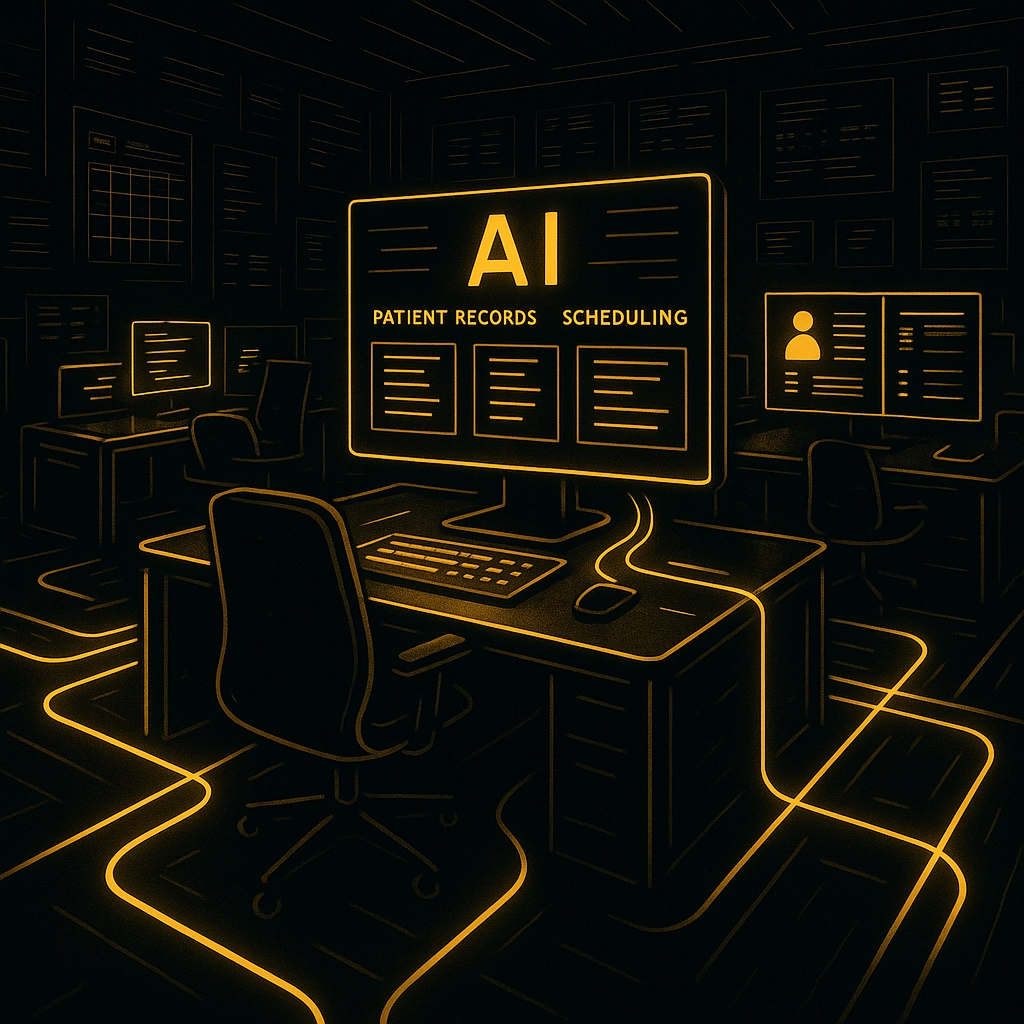Why AI-Driven Growth Systems Are the Secret Weapon for HealthTech & Wellness Startups in 2025
Explosive Market Expansion Fueled by AI
The numbers tell their own story. The global healthcare AI market is exploding: from $16.3 billion in 2022, it’s predicted to surge to $173.55 billion by 2029. That’s an eye-popping 964% cumulative growth, and it’s happening at a lightning-fast annual clip of 40.2%. The market for AI-powered healthcare wearables isn’t far behind, ballooning from $25 billion in 2023 to a projected $76 billion by 2029—a 204% leap.
For HealthTech and wellness startups, these numbers aren’t just trivia. They’re concrete proof of a seismic industry shift, and an open invitation for those who can think fast, build smart, and deploy innovation at scale.

Why Traditional Growth Models Are Running Out of Steam
Historically, scaling in healthcare required massive investments—think recruiting specialists, expanding physical infrastructure, and wrangling endless paperwork. Growth was slow, expensive, and hard to defend.
But in 2025, scale looks fundamentally different. AI-driven growth systems have rewritten the playbook. Startups leveraging advanced AI don’t just grow faster—they create solutions that adapt, learn, and improve 24/7. This means delivering new value to patients, providers, and partners at a pace that old-school organizations simply can’t match.
AI-Powered Personalization: Beyond One-Size-Fits-All
AI’s biggest magic trick? Delivering tailored experiences at scale. For startups, this means:
- Precision medicine: By analyzing massive data sets—genetic info, lifestyle habits, treatment outcomes—AI can match patients to the therapies that work best for them, not just what works “on average.”
- Smart wellness: AI enables hyper-personalized workout, nutrition, mental health, and recovery plans that actually keep users motivated because they fit real life, not a theoretical ideal.
- Proactive interventions: AI-driven wearables and health apps can spot patterns that predict trouble, nudging users (and, when needed, their care teams) before small issues become big ones.
These aren’t just nice-to-have features. In a crowded wellness market, they’re the difference between winning loyal fans and blending into the background.

Supercharged Diagnostics and Decision-Making
Imagine having a team of specialists reviewing every single piece of data on every patient—impossible, right? Not for AI.
- Imaging & scans: AI models now read X-rays, MRIs, and pathology slides with accuracy rivaling (or even surpassing) human experts, all in seconds.
- Clinical data crunching: Need to spot a trend across thousands of charts? AI’s on it.
- Risk assessment: Predicting who’s likely to develop complications allows earlier interventions that save lives—and slash costs.
In startup terms, this translates to rapid care cycles, elevated patient trust, and defensible differentiation.
Automation: The Secret to Sustainable Scaling
Automation—supercharged by AI—lets startups do more with less:
- Workflow optimization: From appointment scheduling to claims processing and prescription handling, AI automates repetitive tasks so teams can focus on high-impact work.
- Patient engagement: Chatbots, notification systems, smart reminders—the touchpoints between patients and care are now streamlined, supportive, and personalized.
- Compliance & documentation: AI tracks regulatory changes and ensures reports are accurate, improving trust with providers and payers while dramatically reducing legal risk.
All of these tweaks add up to the most sustainable kind of growth: operational leverage. Startups can handle more users, provide deeper value, and keep costs in check without ballooning their payroll.

Continuous Learning and Self-Improvement
Perhaps the most underrated benefit of AI-driven growth systems is this: they never stand still. Every interaction, every dataset, every error correction feeds into a learning loop that makes the system smarter.
In other words, while competitors are busy hiring and retraining, AI-driven startups get better by default—compound growth, baked right in.
Security and Trust: Healthcare's Non-Negotiables
Startups don’t get to skip HIPAA audits or ignore patient privacy concerns. Fortunately, healthcare-specific AI models are prioritizing security and compliance from day one. By focusing on robust encryption, permission controls, and transparent decision-making, today’s best platforms help startups build trust with enterprise buyers, hospital systems, and wary consumers alike.

Market Disruption Through Integration
An underrated advantage? The startups with the biggest wins are those integrating cross-functional AI capabilities:
- Diagnostics, wearables data, virtual consultations, and payment plans—when they work together instead of in silos, you create a seamless experience that rivals even the biggest healthcare incumbents.
- The most forward-thinking startups are already rolling out integrated AI platforms that deliver a “virtual care team” experience, pulling insight from genomics, lifestyle tracking, and patient-reported outcomes.
The result is not just a product, but a fully adaptive health ecosystem—a compelling reason for users to sign up, stick around, and tell their friends.
Looking Ahead: The Next Five Years
The window for HealthTech and wellness startups to claim market leadership is wide open—but it won’t last forever. As AI continues its breakneck evolution, the difference between “AI-enabled” and “truly AI-driven” will become clearer…and only those willing to rethink their growth strategy will capture the lion’s share of the value.
In a world where the rulebook is being rewritten in real time, startups need to ditch copy-paste roadmaps and build for intelligent, adaptive health ecosystems. AI isn’t just a tool—it’s the engine for scale, the driver of innovation, and the glue that holds modern healthcare solutions together.
Ready to see how Solsti.ai can help you build, deploy, and scale the AI growth engine your startup needs?
Learn more at Solsti.ai
